Search
Search Results
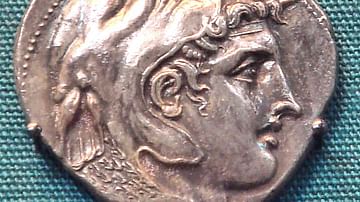
Image
Alexander the Great, Ptolemaic Coin of Alexandria
A silver coin of Alexandria depicting Alexander the Great. Reign of Ptolemy I (366 BCE – 282 BCE). (British Museum, London)

Definition
Arsinoë IV
Arsinoë IV (d. 41 BCE) was a Ptolemaic princess who rebelled against her sister Cleopatra VII during the Alexandrian War in 48 BCE. After being defeated by Cleopatra's ally Julius Caesar, she was a captive in his Roman triumph. Arsinoë later...
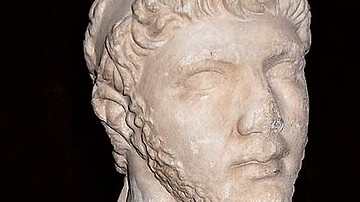
Definition
Ptolemy of Mauretania
Ptolemy of Mauretania (r. 23-40 CE) was king of Mauretania and one of the last surviving members of the Ptolemaic dynasty. His father Juba II (c. 48 BCE to 23 CE) was a Numidian royal and his mother Cleopatra Selene II (40 to c. 5 BCE) was...
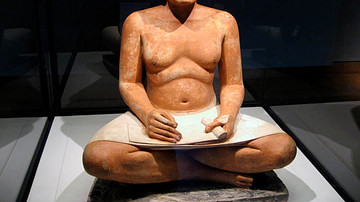
Definition
Ancient Egyptian Government
The government of ancient Egypt was a theocratic monarchy as the king ruled by a mandate from the gods, initially was seen as an intermediary between human beings and the divine, and was supposed to represent the gods' will through the laws...
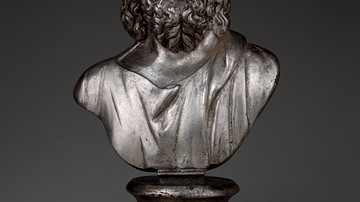
Definition
Serapis
Serapis is a Graeco-Egyptian god of the Ptolemaic Period (323-30 BCE) of Egypt developed by the monarch Ptolemy I Soter (r. 305-282 BCE) as part of his vision to unite his Egyptian and Greek subjects. Serapis’ cult later spread throughout...
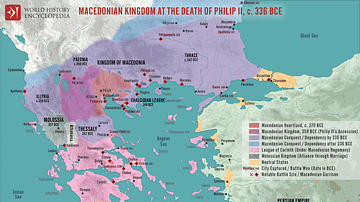
Image
The Macedonian Kingdom at Philip II's Death, c. 336 BCE
This map illustrates the state of the Macedonian Kingdom at the time of Philip II's death in 336 BCE, a powerful and unified state in northern Greece, poised to dominate the ancient world. Through military reform, strategic diplomacy, and...
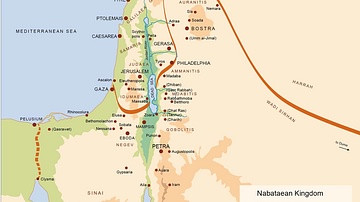
Image
Map of the Nabatean Kingdom
Map of the Nabatean Kingdom at its greatest extent, c. 85 BCE.

Image
Map of Kingdom of Axum
A map indicating the area controlled by the African kingdom of Axum (1st-8th century CE) on the coast of the Red Sea.
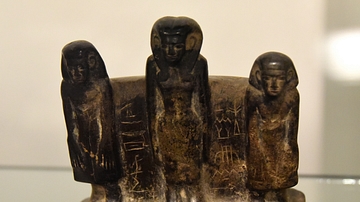
Image
Woman & Two Sons, Middle Kingdom Statuette
This is a steatite statuette which depicts 3 standing persons. The woman stands in the middle (her name is Aa-Nubt) and her sons (Khenti-Khati-Hetep and Maat-Neferu) flank her on either side. From Egypt, precise provenance of excavation is...
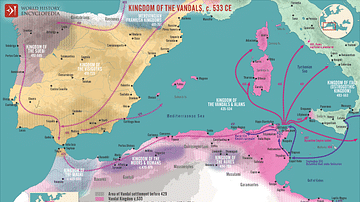
Image
The Kingdom of the Vandals (435–534 CE)
This map illustrates the history of the Kingdom of the Vandals and Alans (435–534 CE), a state established in North Africa after the Vandals, a Germanic tribe, and the Alans, an Iranian-speaking nomadic group from the Sarmatian peoples, migrated...